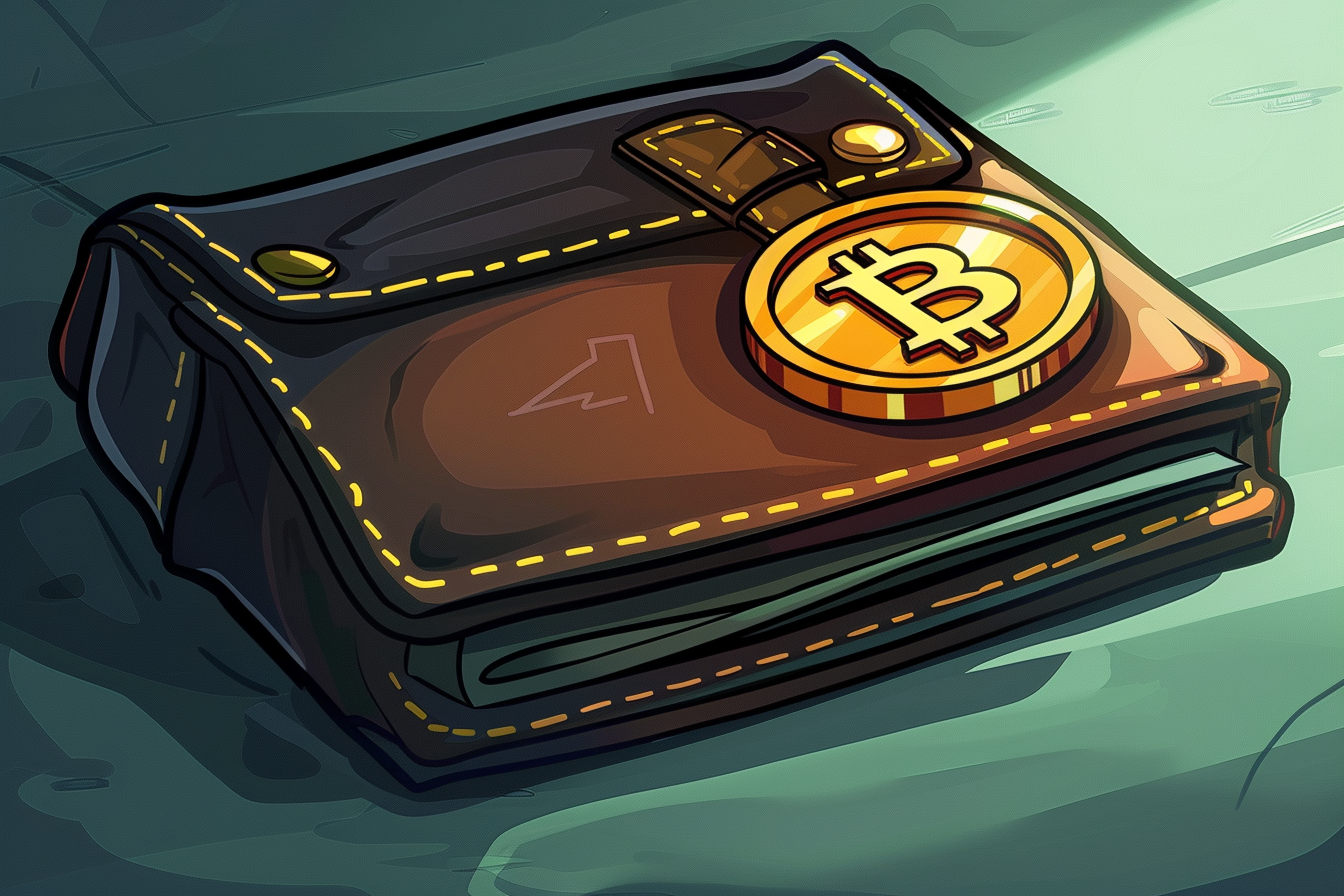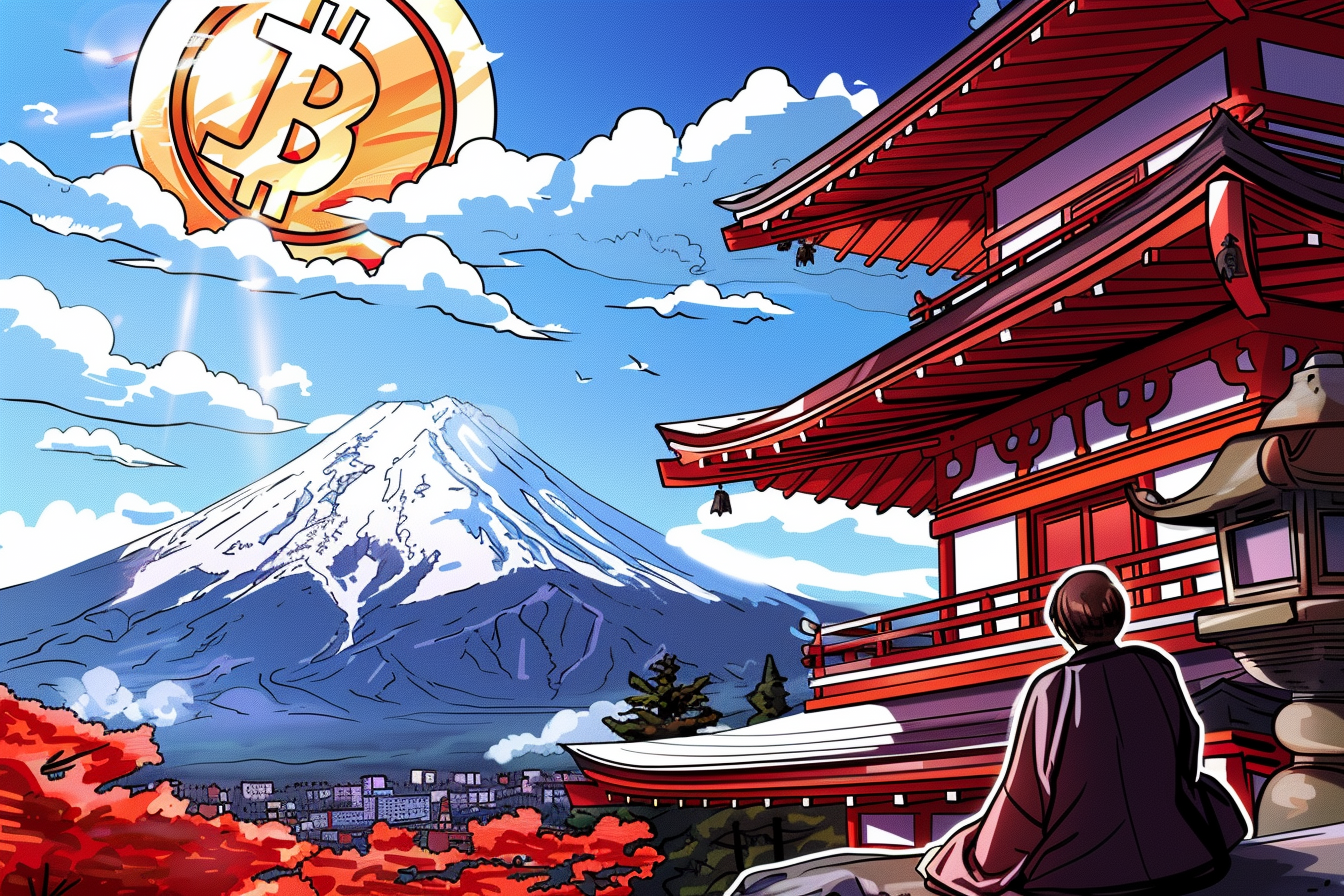Table of Contents
The idea that the US central bank may soon cease its aggressive tightening cycle as the economy weakens was buried by the Federal Reserve's rhetoric that interest rates will remain higher for longer and the latest stronger-than-expected jobs data.
Fed Chair Jerome Powell repeats the idea that inflation is peaking, but rates still need to go higher.
"That's been the biggest fear for participants in the market: that with all the rate increases, in the Fed's view, no real progress is being made against inflation. And he's also saying 'no, it's having its effect,'" noted Rick Meckler, a partner at Cherry Lane Investments in New Jersey.
Read more: These Tokens Are Pumping After the Fed's Rate Hike Announcement
At the Economic Club of Washington on Tuesday, Powell gave both sides of the debate ammunition by stating that rates may need to increase if the US economy remained robust. Still, he also reaffirmed that "disinflation" is already in progress.
"As people come to the realization that the Fed is going to be higher for longer and we don't yet know what the higher is, even if they pause, I still think the next move is a rate hike, not a rate cut," said Steven Ricchiuto, US chief economist at Mizuho Securities in New York.
Conflicting Fed Rate-Hike Views
The Fed and other major global central banks aggressively increased interest rates over the past year to control surging inflation, which in many countries hit multi-year highs.
However, that trend has changed this year due to indications that inflation has begun to slow down and peaked, giving rise to expectations that rates will be lowered by the end of 2023.
Interest rate futures currently predict the Fed's overnight lending rate to peak at 5.00-5.25% in July, which is 25 basis points higher than the rate after last week's hike, and then decrease to 4.75-5.00% by December, which is an increase of nearly 40 basis points from last week.
"The market is looking for a dovish message where it can...Fed's Powell said effectively the terminal rate could be higher than the market expects," said Invesco's director of macro research, Ben Jones.
He added that the Fed is currently dominating the markets, but eventually, the focus will shift to growth.
Read more: Crypto Fund Manager Fintonia Secures Capital Markets Services License in Singapore
The US Treasury yield curve remains inverted, a leading recession indicator, with yields on two-year notes higher than 10-year bonds.
"Where is the clarity in forward guidance? Communication is even more difficult to parse now. If anything, the only message is 'don't fight the Fed'. But that is not good enough," said a fund manager at a large investment advisory firm in Brussels.
Changing Landscape, But No Clarity
Investors are caught between the Fed's assumption that interest rates will rise and remain over 5% into next year and the market's anticipation that the US central bank will lower rates later this year because of expectations that the economy will slow down.
Anthony Saglimbene, a chief market strategist at Ameriprise Financial in Michigan, said that investors will need to accept that rates will likely stay higher for longer and that it is still improbable that the Fed would lower rates this year.
He added that people don't spend less when they don't worry about losing their jobs. They don't alter their behaviour sufficiently to begin driving inflation down.
The Fed's decision on interest rate trajectory will drive financial markets. For digital assets, clarity on the Fed's path is more of a positive driver.
The mixed messages from the world's most influential central bank will only add to investor anxiety.







